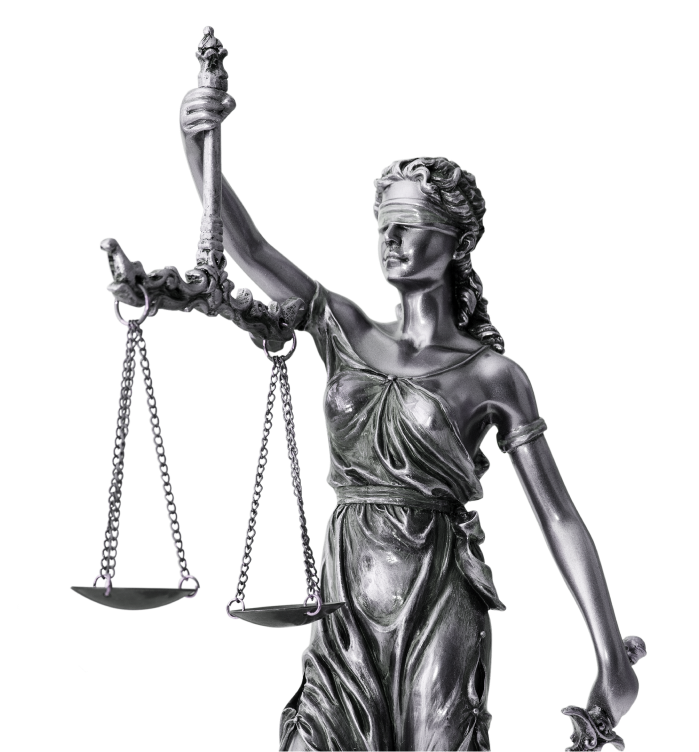When going to a hospital or clinic, you should worry not only about your health condition, but also about whether you will be provided with appropriate help. Court cases resulting from the so-called medical errors are increasingly common. You may wonder what is a medical error? I’ll explain it in this article. Unfortunately, I will have to use “legal language” for this purpose, although, of course, to the minimum extent possible, only to the extent necessary.
In this blog post you’ll learn:
- What is a medical error?
- What is a medical malpractice?
- What are the types of medical error?
- What are the examples of the most common medical errors and medical malpractice
- FAQ
What is a medical error?
You must know that the concept of “medical error” itself has not been explicitly defined in any provision of Polish law. However, it is assumed that it constitutes any unintentional act, negligence or omission of a doctor, dentist, nurse, midwife, paramedic or other person practicing a medical profession that causes damage to the patient.
As a guide, you can refer to the Act on Patient Rights and the Ombudsman of Patient’s Rights, which contains an indirect definition of “medical error.” Although it uses the concept of a “medical event,” all its features correspond to those of the first one.
By “medical event”, the above-mentioned legal act understands a situation in which the patient is infected with a biological pathogen, bodily injury or health disorder is caused, or his/her death, resulting from the following factors that are inconsistent with current medical knowledge:
- diagnosis, if it resulted in inappropriate treatment or delayed appropriate treatment, contributing to the development of the disease,
- treatment, including performance of a surgery,
- application of a medicinal product or medical device and its accessories, system and procedure kit, or a medical device or its equipment for in vitro diagnostics.
I must explain to you that bodily injury is any type of violation of a person’s physical integrity, causing its destruction, and thus breaking the continuity of body tissues or its organs. It may be a wound, a fracture or loss of a body part, etc.
Health deterioration, in turn, may be the result of bodily injury or occur spontaneously. It involves causing dysfunction of the human body by causing improper functioning of systems or systems that are part of the organism, such as the nervous system or the digestive system. However, it does not cause any externally visible damage.
Finally, it is worth pointing out that medical error is a broader concept than medical malpractice.
What is medical malpractice?
Many people use the terms “medical error” and “medical malpractice” interchangeably, treating them as the same. This is a big mistake from a legal point of view. Medical malpractice is, in a way, part of medical error, in a narrower sense. As the Supreme Court established, “medical malpractice means an act or omission of a doctor in the field of diagnosis and therapy that is inconsistent with the science of medicine to the extent available to the doctor.”
Therefore, medical malpractice simply means medical errors committed only by doctors, not people practicing other medical professions.
What are the types of medical error?
This type of medical error may consist in:
Diagnostic error
This type of medical error may consist in:
- making an incorrect diagnosis regarding the patient’s health condition or the nature of his/her disease,
- making an incorrect interpretation of the results of a properly performed diagnostic test,
- and the resulting selection of improper mode or method of therapy or treatment.
Generally, the diagnostic error results from mistakes made by a medical professional while carrying out preliminary diagnostic activities with the patient, the so-called interview or his/her incorrect analysis of the results of diagnostic tests.
Therapeutic error
Therapeutic error consists in undertaking inappropriate therapeutic activities, resulting in ineffective treatment of the patient. It may occur as a result of:
- making an incorrect identification – in such a case it constitutes a continuation of the diagnostic error,
- making the correct identification and diagnosis, but using them as a basis for incorrect treatment.
Technical error
A technical error involves the incorrect implementation of activities undertaken by medical staff. It may concern both strictly medical activities performed during the treatment process, as well as technical activities, in the strict sense of the word.
In legal terms, it comes down to violating generally applicable rules of caution when undertaking strictly defined medical activities.
Organizational error
This type of medical error is strictly related to the functioning of a given medical facility and consists in violating the rules of conduct adopted in a given clinic or hospital, based on applicable law. Thus, it comes down to its improper functioning. As a result, it primarily burdens people managing health facilities who make inappropriate decisions as part of their official duties. Entities performing administrative or organizational functions in a given facility are also responsible for it.
You must know that medical errors are also classified based on the medical professional who commits them.
These can be errors made by:
- physicians,
- dentists,
- midwives,
- nurses,
- paramedics etc.


Everyone is equal before the law. Effective lawyer makes the difference
What are the most common medical errors?
The following are the most commonly made medical errors:
- Diagnostic errors – making a diagnosis without personally examining the patient, failing to perform the necessary medical history, failing to conduct appropriate laboratory tests,
- Therapeutic errors – leaving the patient after surgery without proper supervision, incorrect dosage of drugs, carrying out the procedure despite medical contraindications, using an outdated and no longer used treatment method,
- Technical errors – improper performance of a procedure or diagnostic test, failure to perform necessary peri-procedural activities, such as failure to count surgical drapes, surgical tools or failure to check the condition of medical equipment, doctor leaving a surgical cloth, gauze, etc. in the patient’s body, confusing the identity of patients qualified for surgery,
- Organizational errors – logistical negligence, such as lack of appropriate medical equipment, tools or medicines, negligence in keeping medical records, failure to comply with the rules of the sanitary regime and, as a result, allowing intra-hospital infection, lack of a sufficient number of medical staff,
- Medical malpractice – failure to perform all necessary diagnostic tests, for example computed tomography, failure to recognize the symptoms of a given disease despite the presence of obvious symptoms – for example, myocardial infarction, ordering the administration of antibiotics without first taking a smear and performing an incubation, administering a medicine, the use of which should raise doubts, careless examination of the patient, general anesthesia performed by a doctor who is not an anesthesiologist, damage to body organs or nerves during surgery, etc.,
- Dental health errors – extraction of healthy teeth, injury to the patient’s eye due to lack of appropriate protection, jaw fracture during implantation procedure caused by improper surgical technique, introduction of foreign objects into the respiratory tract, etc.,
- Midwifery errors – too late or failure to perform a cesarean section, despite the fact that there are medical indications for its performance, incorrect diagnosis of the condition of the mother and fetus, which resulted in failure to recognize the defect or disease, lack of proper monitoring of the condition of the mother and child, too late calling a doctor to the woman giving birth, damage to the child’s head as a result of use of forceps, violation of perinatal standards, refusal to protect the perineum during childbirth or its incorrect implementation, unjustified so-called routine episiotomy of the patient,
- Nursing errors – neglecting to provide appropriate care to patients, incorrectly connecting a drip or administering a drug in a different dose than prescribed, downplaying the symptoms reported by the patient, violating the patient’s rights, including the right to information, improper monitoring of the patient’s condition, allowing the development of chafers or bedsores,
- Paramedic errors – death or injury of the patient resulting from a fall while being transferred on a stretcher, failure of the emergency medical team to dispatch a patient requiring intervention, patient waiting for too long for the paramedic team, culpable traffic accident during medical transport, incorrect selection of the patient’s place of hospitalization – inadequate to his/her condition health, as well patient waiting too long to be transferred by the paramedic team in the emergency department or emergency room.
Of course, the examples of medical errors could be listed for hours on end, but I think it is enough for you to know only those that occur most often. This will allow you to understand their general nature, making it easier to assess whether the damage you have suffered is a medical error.
Should you still have any problems – contact us and learn, how we can help you.

